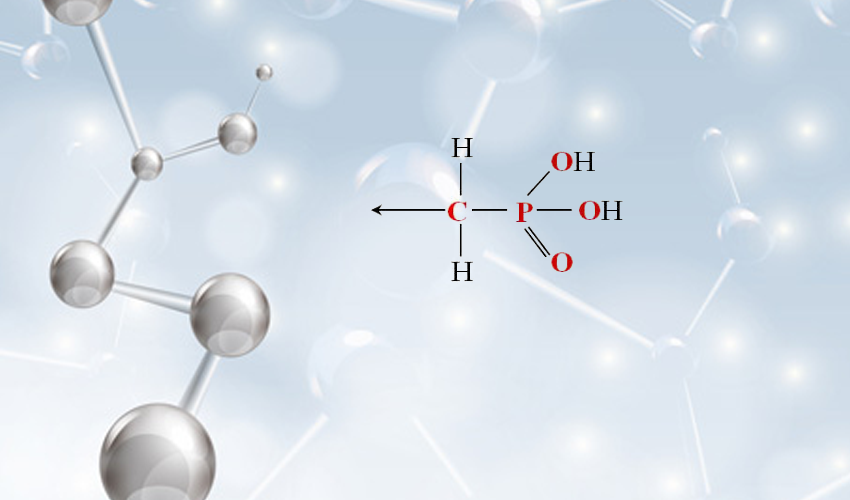acrylic homopolymer
Understanding Acrylic Homopolymer Properties, Applications, and Benefits
Acrylic homopolymers are a class of polymers derived from acrylic acid or its derivatives, such as methyl methacrylate (MMA). They are formed when the same monomer is repeated through polymerization, resulting in a chain of identical repeating units. This distinct structure gives acrylic homopolymers unique properties that make them suitable for a wide array of applications across various industries.
One of the most notable characteristics of acrylic homopolymers is their optical clarity. They possess excellent light transmission capabilities and are often used as an alternative to glass in applications where transparency is crucial. Acrylic sheets, commonly known by the brand name Plexiglass, are lightweight, shatter-resistant, and can be easily formed, making them ideal for everything from signage and displays to windows and partitions. Moreover, their ability to be tinted or colored adds to their versatility in design applications.
In addition to their aesthetic qualities, acrylic homopolymers exhibit significant durability and resistance to environmental factors. They are less susceptible to yellowing over time compared to other materials, which is particularly important in outdoor applications. Furthermore, these polymers are resistant to ultraviolet (UV) light and exhibit good weatherability, making them suitable for products exposed to sunlight and varying weather conditions.
Acrylic homopolymers are also favored for their chemical resistance. They can withstand a range of solvents and can be formulated to resist hydrolysis, making them effective in applications involving exposure to harsh chemicals. This property is especially valuable in the coatings industry, where acrylic homopolymer paints and finishes offer superior adhesion, flexibility, and gloss retention compared to traditional options.
Another significant advantage of acrylic homopolymers is their ease of processing and fabrication
. They can be molded, extruded, or cast into different shapes and forms, allowing manufacturers greater flexibility in product design. In recent years, advancements in 3D printing technology have also made it possible to utilize acrylic homopolymers in additive manufacturing, providing new opportunities for customization and production efficiency.acrylic homopolymer

In the construction industry, acrylic homopolymers are often used in adhesives, sealants, and coatings due to their strong bonding properties and flexibility. They provide excellent adhesion to a variety of substrates, including wood, metal, and concrete, while also accommodating thermal expansion and contraction without cracking or degrading. These attributes are particularly beneficial in applications such as roof coatings, where durability and resilience to temperature fluctuations are essential.
Within the automotive sector, acrylic homopolymers are used in headlight lenses, dashboards, and interior trim components. Their lightweight nature contributes to overall vehicle efficiency, while their resistance to impact and scratches ensures longevity in use. Additionally, their ability to be easily colored and finished allows for aesthetic enhancements that align with modern automotive design trends.
In the realm of healthcare, acrylic homopolymers find applications in medical devices and equipment. Their biocompatibility and ease of sterilization make them suitable for use in various medical applications, ranging from syringes and vials to surgical instruments. The transparency of acrylic materials also aids in monitoring liquid levels and conditions within medical devices.
Despite their many benefits, there are some limitations to consider with acrylic homopolymers. They can be more expensive than alternatives such as polycarbonate or standard plastics, which may limit their use in budget-sensitive projects. Additionally, while they possess good impact resistance, they are not as durable as some other materials when subjected to extreme mechanical stress.
In conclusion, acrylic homopolymers represent a versatile and valuable material with a wide range of applications across multiple industries. Their optical clarity, durability, chemical resistance, and ease of fabrication make them ideal for everything from construction and automotive uses to healthcare applications. As technology continues to advance, the potential for new, innovative uses for acrylic homopolymers will undoubtedly expand, solidifying their role as an essential material in modern manufacturing and design.
-
The Ultimate Guide to Flocculants: Transforming Water TreatmentNewsNov.01,2024
-
Improve Your Water Treatment Solutions with PolyacrylamideNewsNov.01,2024
-
Enhance Your Water TreatmentNewsNov.01,2024
-
Empower You to Achieve the Highest Standards of Water QualityNewsNov.01,2024
-
Effective Scale InhibitorsNewsNov.01,2024
-
Discover the Power of Poly Aluminum Chloride in Water TreatmentNewsNov.01,2024





